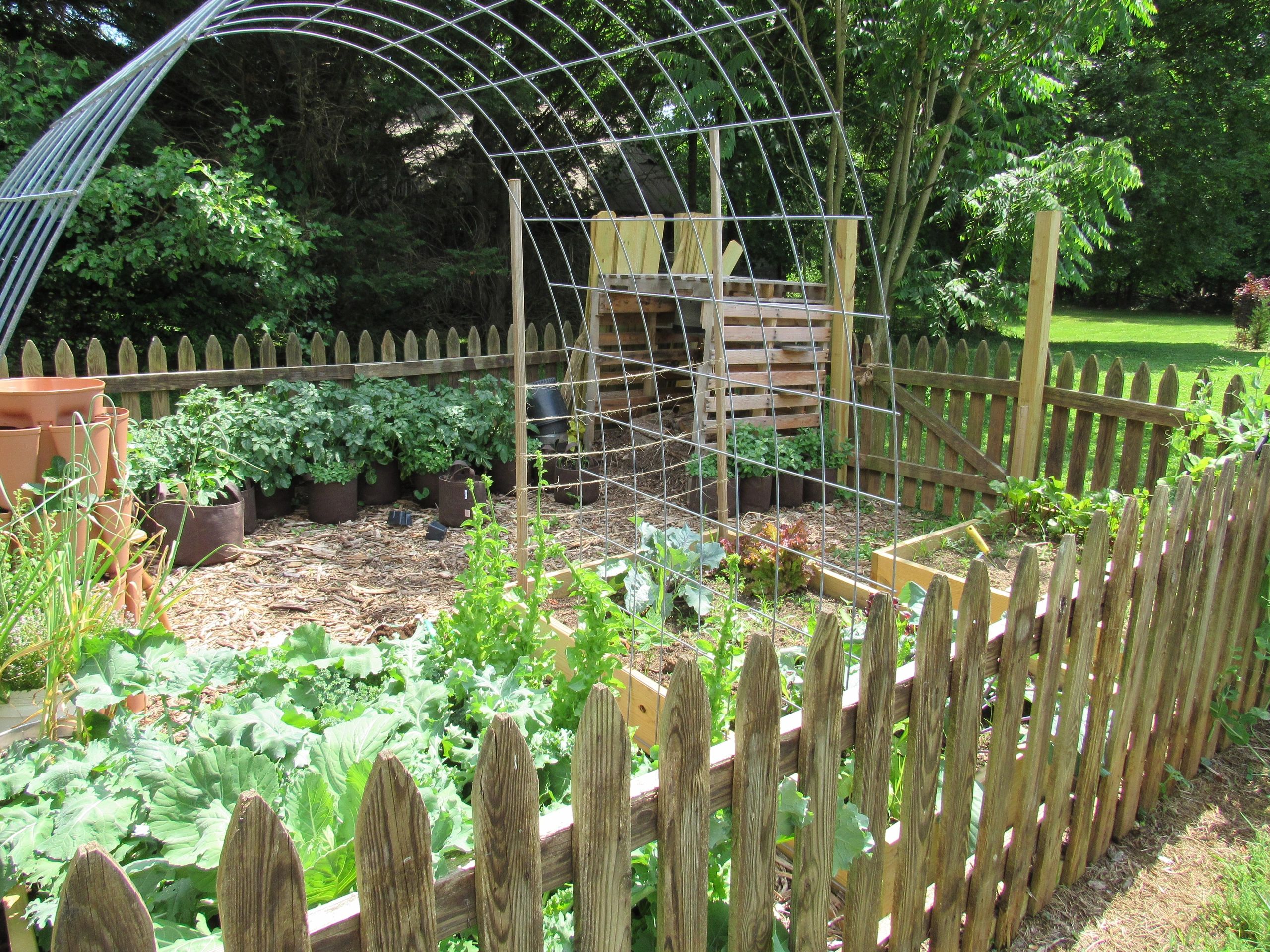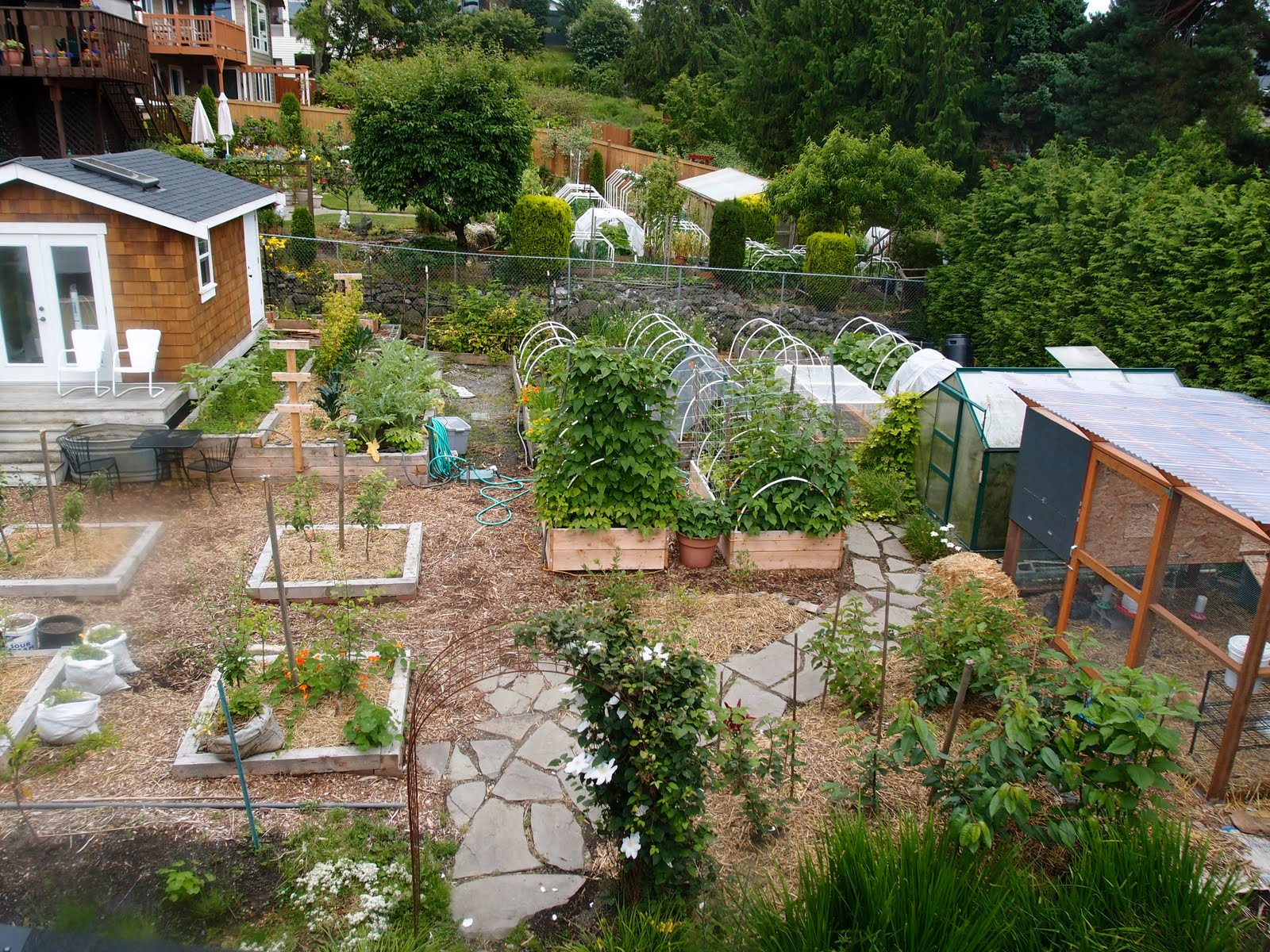Beginner’s Guide to Homestead Gardening at Home
Beginner’s Guide to Homestead Gardening at Home
Blog Article
Discover the Tricks to Developing a Productive and lovely Gardening Room
Developing a beautiful and efficient horticulture area is not just a matter of planting veggies and flowers; it needs a tactical strategy that includes various essential components. From picking the right location based on sunshine and dirt type to thoughtfully designing your design and picking ideal plants, each choice plays a pivotal function in the success of your garden.
Picking the Right Place
Choosing the optimal place for your garden is crucial to its success and total visual appeal. The initial step in this process entails evaluating sunshine exposure, as the majority of plants need at the very least 6 hours of straight sunshine daily (Homestead Gardening). A south-facing yard usually obtains the most light, while shaded areas can hamper growth and blooming
Additionally, take into consideration soil top quality and drainage. Well-draining soil is necessary to protect against waterlogged roots, which can result in plant illness. Conducting a soil test can supply useful details pertaining to pH levels and nutrient web content, allowing you to amend the soil appropriately.
Additionally, closeness to water sources is an additional variable to weigh - Homestead Gardening. Having simple accessibility to a pipe or watering system can streamline the watering process and encourage constant plant care. Wind protection is additionally vital; positioning your yard near structures, such as walls or fences, can secure it from harsh winds that may damage fragile plants
Last but not least, consider accessibility for upkeep and harvesting. A well-placed yard enables practical gain access to, guaranteeing that you can easily often tend to your plants without causing unnecessary stress and anxiety or disruption. Thoughtful area choice lays the foundation for a growing yard.
Picking Plants Sensibly
When choosing plants for your yard, it's vital to take into consideration factors such as environment, soil problems, and individual choices to make sure a harmonious and efficient area. A detailed understanding of your regional environment will lead you in selecting plants that flourish in your details atmosphere. Selecting drought-resistant varieties is advantageous in arid regions, while moisture-loving varieties might be more appropriate for areas with high rains.
Dirt conditions are equally important; carrying out a dirt examination can expose pH degrees and vitamins and mineral content, allowing you to choose plants that will grow. Native plants are commonly an excellent choice, as they are usually well-adapted to regional soil kinds and call for less maintenance.
Mirror on your personal preferences-- selecting plants that resonate with your visual tastes will boost your pleasure and commitment to maintaining your yard. By very carefully reviewing these elements, you can develop a flourishing and diverse plant selection that boosts your gardening experience.
Designing Your Yard Layout
With a thoughtfully chosen plant option in hand, the following action is to create a yard design that maximizes both charm and functionality. Begin by analyzing the offered space, considering variables such as sunlight, wind, and color patterns. A tactical layout ought to include numerous areas, consisting of locations for discover here planting, paths, and possibly seating.
Begin with bigger plants or prime focus, such as trees or tall perennials, put strategically to develop aesthetic rate of interest. Layer smaller sized plants ahead to boost depth and appearance. Take into consideration the growth routines of your chosen plants; taller varieties must be placed at the back or center of beds, while shorter ones can line the sides.
Including paths not just helps with access for maintenance yet likewise welcomes exploration. Usage products that match the yard's total visual, whether crushed rock, stone, or wood chips.
In addition, think of seasonal modifications and how your design will certainly look throughout the year. Including evergreens alongside seasonal blossoms can make certain year-round appeal. Ultimately, a well-designed garden layout balances the all-natural appeal of plants with sensible factors to consider, leading to a room that is both inviting and productive.
Enhancing Soil Health

To boost soil wellness, start by carrying out a dirt examination to examine pH levels, nutrient web content, and soil texture. This will certainly notify your changes. Integrate organic issue such as compost, well-rotted manure, or leaf mold to enhance soil framework, water retention, and microbial task. Additionally, exercising crop rotation can protect against nutrition exhaustion and minimize parasite and condition stress.
Mulching is another reliable method; it not only conserves wetness yet also reduces weeds and gradually improves the soil as it breaks down. Staying clear of extreme tillage is essential, as it can interrupt soil framework and injury advantageous organisms. Instead, adopt no-till or marginal husbandry methods to preserve soil honesty.

Maintaining Your Garden Effectively
A properly maintained garden gives satisfaction and productivity, requiring constant focus to make certain that plants grow and the landscape continues to be welcoming. Effective garden upkeep Clicking Here entails several essential practices that improve the health of your plants and the overall visual of your area.
Routine watering is essential; nevertheless, it is essential to customize your watering routine based upon the particular needs of your plants and neighborhood climate problems. Mulching can help preserve dampness, reduce weeds, and control soil temperature. Additionally, prompt weeding prevents competitors for resources and nutrients, ensuring that your plants prosper.
Trimming is one more vital task. It motivates healthy growth, removes infected or dead branches, and shapes plants to maintain an enticing structure. Furthermore, keeping an eye on for parasites and conditions is important; early detection and treatment can conserve your plants from significant damage.
Fertilization should be carried out attentively, using organic alternatives whenever feasible to promote long-term soil health and wellness. Finally, seasonal jobs such as planting, separating perennials, and preparing for winter will ensure your yard continues to be lively year-round. By following these practices carefully, you can cultivate a garden that is both stunning and effective.
Conclusion
Choosing a proper area with ample sunlight, choosing appropriate plants, designing a cosmetically pleasing format, improving dirt wellness, and guaranteeing routine upkeep are necessary components. By incorporating these practices, one can cultivate a prospering garden that not just enhances the landscape but likewise promotes eco-friendly balance and sustainability.
From choosing the right location based on sunlight and soil type to attentively making your layout and choosing ideal plants, each choice plays a critical function in the success of your garden. Well-draining dirt is necessary to prevent waterlogged origins, which can lead to plant conditions.When selecting plants for your garden, it's essential to take into consideration factors such as environment, dirt conditions, and individual choices to guarantee a efficient and unified space. Eventually, a well-designed garden layout integrates the all-natural appeal of plants with sensible factors home to consider, resulting in a space that is both inviting and effective.

Report this page